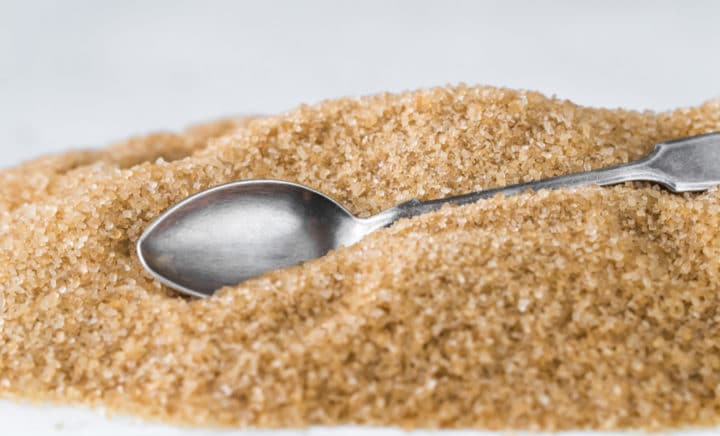
Young children have small appetites and need regular meals with snacks in between and do need some full fat foods in their diet. Here are some ideas to help you provide a variety of healthy safe snacks for both you and your children to enjoy at home and at school or play.
- Fresh vegetables – tomatoes, celery, carrot and cucumber sticks, sliced peppers, sugar snap peas
- Sandwiches – try various fillings: cold meat, tuna, grated low fat cheese, egg, salad items, tomato or banana
- Some other choices – bread sticks, oatcakes, crackers, rice cakes, a bagel, high fiber biscuits
- Dried fruit and fresh fruit juice – are best taken at mealtimes as they contain hidden sugars.
All about drinks:
- Flavoured milk, milkshakes and milk-based smoothies – all contain sugars and can cause tooth decay. Keep to mealtimes when these drinks are less damaging to teeth.
- Diluting juices and fizzy drinks – these contain sugars and artificial sweeteners. It is not recommended that you give these drinks to toddlers.
- Fruit juices – pure unsweetened fruit juices are a good source of vitamin C but contain natural sugar which can cause decay. Fruit juices are also acidic. Acidic drinks can quickly damage your child’s teeth. Small amounts of pure, unsweetened fruit juice should be diluted half and half (50% juice to 50% water), or with a greater proportion of water to juice if your child is thirsty.
- Sport drinks – under normal circumstances, sports and games are brief activities. Fluid and energy replacements are not necessary. Sports drinks may be useful for school athletes engaged in vigorous sports for more than an hour.
Watch out for hidden sugars – these are best kept as part of a meal. Hidden sugars are ingredients in food and drink and although they are not seen as ‘sugar’ can still cause tooth decay.
How will I recognise these hidden sugars?
It is important to read your food labels. Some foods don’t have the word ‘sugar’ in the ingredients list on their packaging, but still have sugar in them – it’s just labelled in a different way. Hidden sugars usually end in ‘ose’ and the nearer the start of the list they are, the bigger the amount included: sucrose, dextrose, maltose, fructose, lactose, glucose, honey – these are all sugars.
What types of food and drink contain these hidden sugars?
There are lots, but here are some examples; cereal bars, flavored yoghurts, fruit flakes/bars, juice – including juice labelled ‘no added sugar’. 1 teaspoon of sugar is the equivalent of 4 grams. Children between 2 and 18 should eat fewer than six teaspoons of added sugar per day. That’s about 25 grams of sugar or 100 calories.
